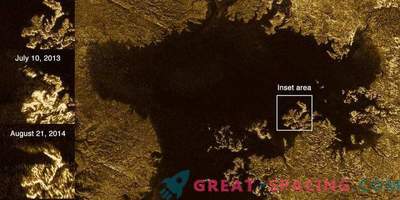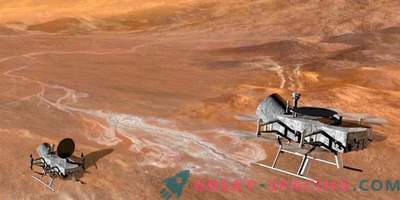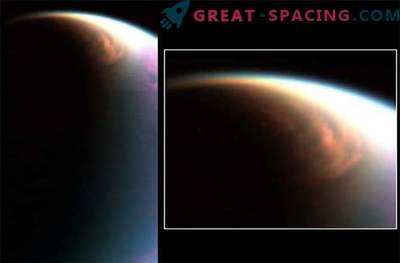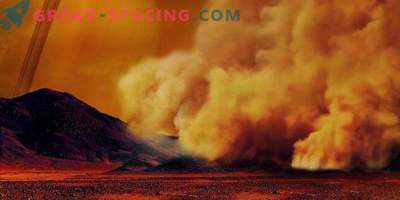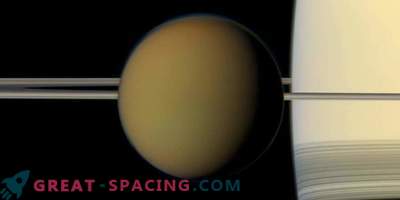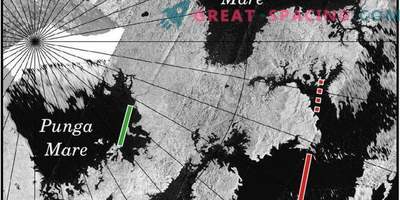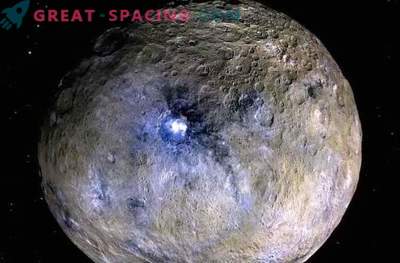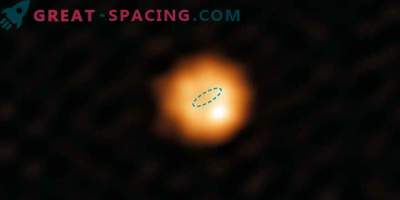
Color image of layers of haze in the atmosphere of Titan.
A group of scientists from France and Mexico created computer models simulating conditions on Saturn’s largest satellite, Titan. The results showed that some surface islands may be bubble flows.
Previous studies have said that the satellite’s seas are composed of methane, and that the atmosphere is nitrogen. In addition to this, the images of the Cassini apparatus showed that the islands could appear and disappear with certain time intervals. A detailed study proved that the cause was not a change in sea level. Therefore, it was assumed that these are just bubbles that burst when trickling down. Therefore, the researchers decided to test this theory on computer models.
It turned out that this idea has a solid foundation and the islands can be bubble flows. Tides, wind and even changes in atmospheric temperature on Titan can cause nitrogen to mix with methane and form ethane bubbles (the difference in pressure at different depths causes the components to divide and create gaseous nitrogen bubbles rising above the surface). Scientists also said that they would have a high level of reflectivity, which means that they were easily captured by Cassini detectors.
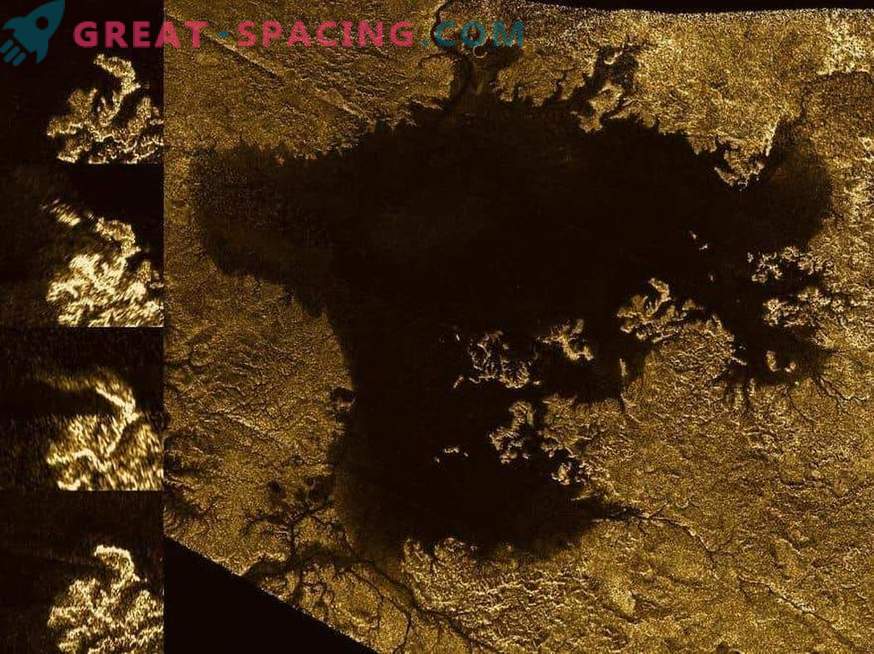
Cassini's radar shots demonstrate a strange island formation in one of the Titan carbon seas, which has changed over time (left).
They also noted that if the bubble theory is correct, then it is necessary to create an underground vehicle to investigate them (if space agencies plan to send a mission there).
